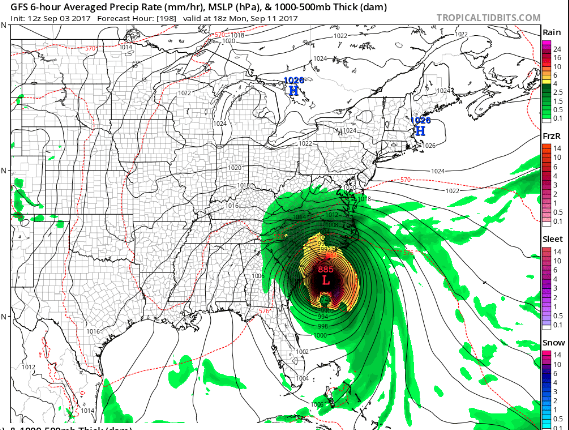Understanding the Saffir-Simpson scale.
There’s no getting around it, hurricanes are a part of the OBX way of life. We know there’s a scale of five categories that let us know just how big and bad a storm will be, but do we understand the science behind it? Since it was introduced in 1971 by the National Hurricane Center, the Saffir-Simpson scale has been the accepted standard for measuring a tropical system’s strength. This article (that came out while Harvey was rolling over Texas) from the St. Louis Post-Dispatch does a great job of describing what each category means.
“The Saffir-Simpson scale of a hurricane’s intensity is used to estimate potential property damage and coastal flooding caused by storm surge. The scale is determined by wind speed. Storm surge is an abnormal rise of water above the normal tide, generated by a storm. Flooding from storm surge depends on many factors, such as the track, intensity, size, and forward speed of the storm and the characteristics of the coastline where it comes ashore or passes nearby. Harvey was a Category 4 storm when its eye made landfall in Texas at around 10 p.m. Friday, but has since been downgraded to a tropical storm.
Category 1

Winds of 74-95 mph (120-150 kph). Storm surge of 4 to 5 feet (1 to 1.5 meters) above normal. Damage primarily to unanchored mobile homes, shrubbery and trees. Some damage to poorly constructed signs and piers. Extensive damage to power lines and poles likely will result in power outages that could last a few to several days.”
[box type=”bio”] Get the rest of the scale and read the rest of the story on the St. Louis Post-Dispatch .[/box]
